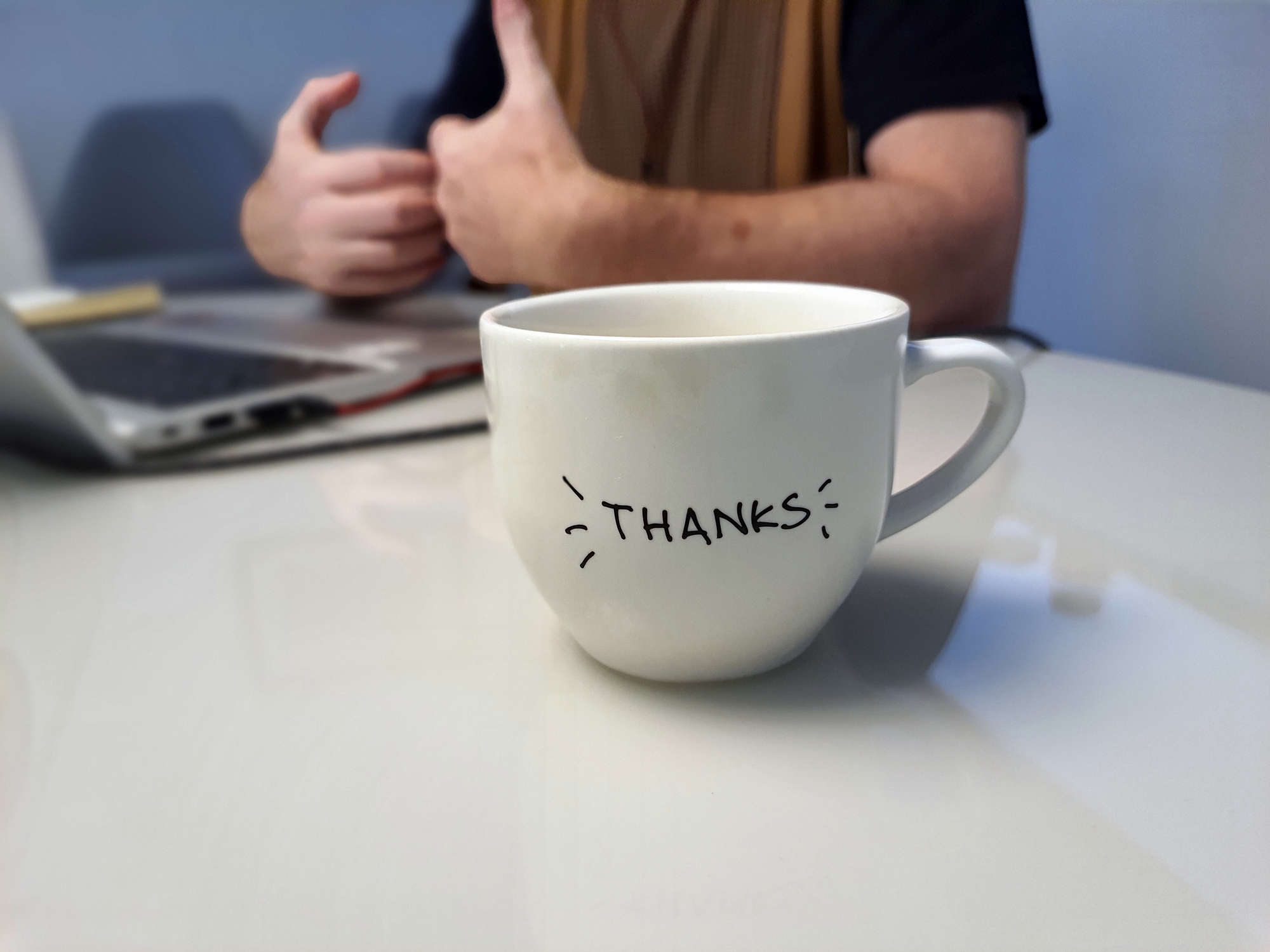Beyond the Breakroom: Smarter Team Building for Healthcare
Why Traditional Team Building Fails in Healthcare, and What to Do Instead
Healthcare systems are not like other workplaces. The need for community is higher here, yet the opportunities for connection are harder to find.
Healthcare workers deserve to feel seen, known, and connected, but the realities of the job often work against it.
We imagine the breakroom as a place for camaraderie, a space where colleagues gather and breathe together. In truth, it rarely feels that way.
When call lights are blinking and shifts overlap like tides, the breakroom becomes something smaller. It is the place you slip into for sixty seconds to microwave a burrito, to swallow a coffee before it cools, to steal a breath before walking back into the current. It is not a place for community. It is survival in miniature.
Let's cover why the usual approaches to team building fail in healthcare and offer some ideas of what you can do instead that won’t feel like HR-mandated "fun" time.
Most approaches to team building fail in healthcare. The reasons are multifold.
Most traditional approaches to team building falter in healthcare. The reasons are many and deep.
This work will never resemble a polished tech office with kombucha taps and curated snack bars.
At its best, healthcare is a place of healing and quiet strength. At its worst, it can feel sterile and isolating.
This is not a world of themed potlucks and off-site retreats. It is a living, breathing system powered by real people: tired, brilliant, overextended, and fiercely committed.
The usual prescriptions you find in HR blogs—icebreakers, theme days, corporate outings—land flat here. They do not match the gravity or rhythm of the work.
Consider all these factors:
Shifts don’t align
One nurse’s start time is another’s REM cycle. Because staff rotate through day, night, and swing shifts, it’s nearly impossible to gather everyone in the same room at the same time.
Departments don’t crossover. A radiologist may never meet an ICU nurse in the same building. Many departments work in parallel, not together, making cross-functional communication and relationships more rare.
“Fun” can feel hollow
Celebrations can seem tone-deaf after trauma. Without context or sensitivity, traditional team-building activities can come across as disconnected from the emotional weight of the work.
Time is rationed, not allotted.
When patients are the priority, connection becomes a luxury. Every minute counts, and staff often don’t have dedicated time in their schedules for lunch nevermind a game of ping-pong.
Yet therein lies the biggest paradox: the strength of healthcare outcomes is deeply tied to team cohesion.
Study after study have shown that improved collaboration among care teams directly correlates with better patient safety, reduced medical errors, and even lower mortality rates. Specifically, one study found that a 10% increase in unit incivility was associated with up to a 10.6% increase in mortality rates.
That’s right: teamwork can literally save lives.
Healthcare team building isn’t without challenges.
Team building in this field must be smarter, softer, and stitched into the daily fabric—not placed on top like a band-aid over a wound.
Healthcare teams need connection that:
- Respects time and workload
- Bridges physical and emotional distances
- Feels genuine, not performative
- Fits into workflows without hijacking them
And so, that’s why we need to move beyond the breakroom.
Team building activities that work for all healthcare teams
The following activities won't magically transform your workplace culture overnight—there's no silver bullet for the complex challenges healthcare teams face.
But they represent something more valuable: proof that you're paying attention. Whether you're in HR trying to support frontline staff or a healthcare leader looking to strengthen your teams, these small, intentional gestures signal that you understand the unique pressures your people navigate daily.
Micro-connection activities (5–15 Minutes)
For when all you have is a breath between tasks, these ideas can be tiny moments of positivity and levity.
Department photo walls
Each week, a new team member shares photos that matter to them: pets, gardens, moments of joy. Over time the board becomes a mosaic of real lives behind the scrubs and teammates start to see beyond just roles and into the people, stories, and connections they didn’t know were there.
Skills appreciation cards
Generic praise is easy to give and easy to forget, but intentional and specific recognition goes a long way. These peer-to-peer notes become mirrors of value—especially when they're delivered through platforms like Knowwn that understand individual preferences. Some team members prefer public acknowledgment, others value private notes. When recognition matches the recipient's Communication Style, even a short message can shift someone's whole day.
Two-minute check-in circles
Once a week, just before shift change: one question, one answer.
“What made you proud this week?” “What do you wish someone had noticed?” The circle takes five minutes and when done consistently, the effects last far longer.
Team tunes playlist
Ask each person to submit one song they love or that helps them power through their tough days. Post a playlist QR code around common areas, share it digitally, or highlight “songs of the week” to spark conversations. Music can become a conversation topic or give teams a shared language, connecting people across departments and shifts in a way words often can’t.
Cross-Department Bridge Activities (15–30 Minutes)
Teams that work well together across departments can better serve the holistic health of their patients.
Care team spotlights
Feature a recent case where multiple departments collaborated (discharge, pharmacy, nutrition) to improve an outcome. Tell the story in detail, name names, make heroes of helpers.
Problem-solving “circles”
Build a culture around problem solving together. Pose a small but real challenge such as improving handoff notes or streamlining supply restocks. Cross-departmental teams brainstorm solutions in brief periods of 5-10 minutes. Keep it fast, focused, and actually implement one idea.
Appreciation rounds
Structured peer recognition at the end of each week: each person gives one shoutout, in person or via a digital recognition platform like Knowwn. Not everyone needs to speak, but eventually everyone hears their name in the way they feel comfortable. When recognition becomes routine, people are not left wondering if their work matters because they’re feeling it directly.
Shift-spanning activities (ongoing and flexible)
These ideas are perfect for connecting across time, not just space
24-Hour gratitude chains
A small notebook or online thread that rotates each day. Write one sentence of thanks or admiration and pass it on. Like a message in a bottle, it travels from day shift to night and back again.
Innovation idea boards
In the breakroom or digitally: a place to jot micro-ideas for improvement. “Move sharps containers closer to the middle of the room in the fourth floor rooms.” “Label saline lines with red tape.” Real ideas that can benefit everyone. No bad suggestions.
Care story collections
Platforms designed for healthcare, like Knowwn, can streamline this process by creating digital gratitude walls where patients, families, and colleagues contribute directly to each team member's story collection. These become permanent records of impact that follow healthcare workers throughout their careers.
Making it work: implementation strategies
If you're a healthcare leader or anyone who wants to plant seeds of connection start here:
- Integrate, don’t add on - Fold activities into existing huddles, handoffs, and staff meetings. Respect time, always.
- Keep it voluntary, never performative - Participation should feel additive, not a demand.
- Stay consistent, but don't overwhelm- A multiple-times-per-week 5-minute ritual does more than a quarterly pizza party.
- Honor personality differences - Some will prefer to write a gratitude note. Others will quietly pin up a photo. Celebrate both.
- Measure what matters - Track engagement, retention, team feedback. Look for the invisible metrics too: laughter, eye contact, a longer pause to listen.
Yes, morale is important but these ideas can have an impact beyond that.
Few healthcare workers are going to be thrilled about ping-pong tables being installed. If they’re in a clinical-facing role, it’s not like they’d have time to play a game anyway.
But, when recognition flows as naturally as shift changes, something else shifts: teams stay longer, collaborate better, and patient outcomes improve.
Making it happen consistently across shifts, departments, and personalities takes effort. Some nurses prefer public praise while others value quiet thank-you notes. Some want gift cards while others treasure handwritten messages.
This is where Knowwn changes everything.
Our Care Profiles capture exactly how each team member wants to be recognized, then automate the delivery so appreciation never falls through the cracks. No more guessing what matters to whom. No more missed birthdays or forgotten milestones.
Talk to our team today or explore our platform to see how.
More insights

Employee Gifts That Boost Morale Without Breaking Budgets or Hearts




.png)

